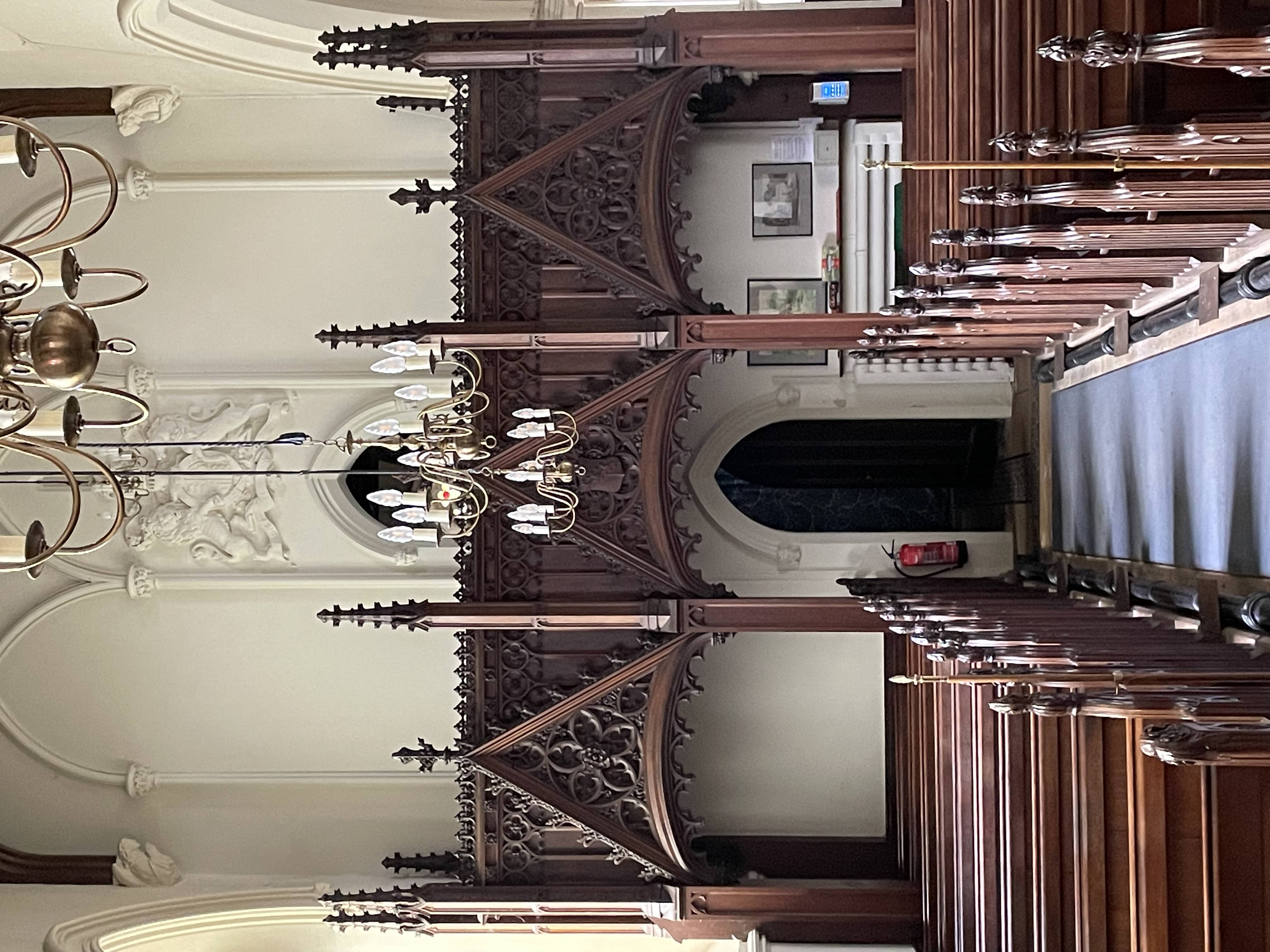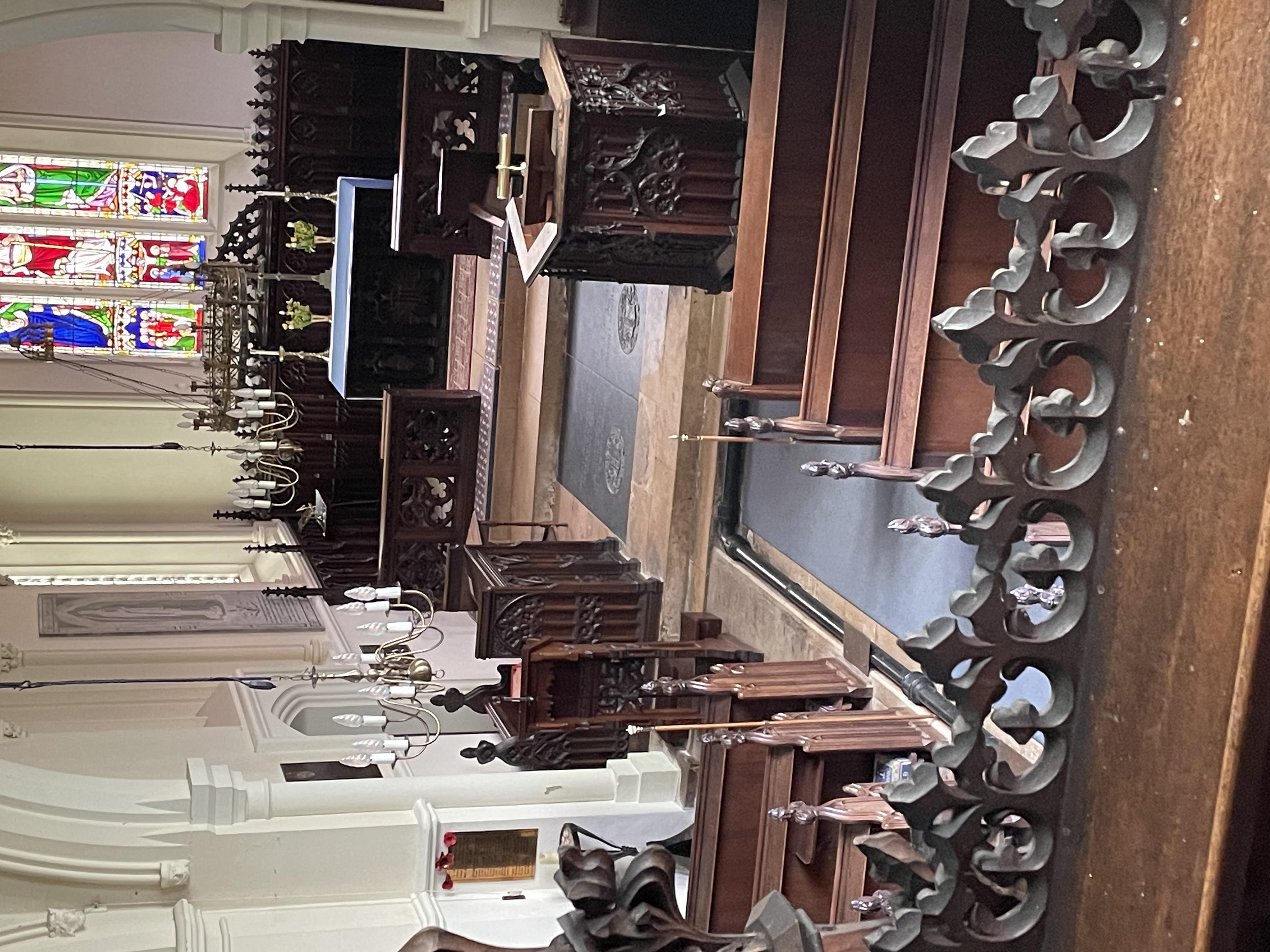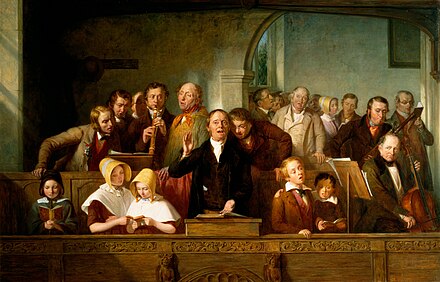In Thomas Hardy’s novel “The Laodicean” the young go-ahead architect George Somerset muses on hearing a favourite tune.
But then he recollected that the tune appertained to the old west-gallery period of church- music, anterior to the great choral reformation and the rule of Monk - that old time when the repetition of a word, or half- line of a verse, was not considered a disgrace to an ecclesiastical choir.
The West Gallery was the wooden loft arrangement which in the 18th century were constructed at the west end of many churches, and from which gallery the choir would perform. In this way the choir, would face the altar above the congregation. Many galleries were removed during the enthusiastic restorations of churches in the 19th century.
An example of a West Gallery in a Lincolnshire Church can be seen at St Michael and All Angels Church, Hackthorn in West Lindsey.


West Gallery singers were members of the local community; labourers, artisans, farmers and tradesmen. They would provide the music for church and village events as required. Thomas Hardy’s grandfather played the cello in one of these bands and over generations the Hardy family played a number of instruments in their local church. In his novel “Under the Greenwood Tree” Hardy uses actual events at the church at Stinsford depicting a particular performance leading to the demise of the musicians and quire.
This famous picture A Village Choir by Thomas Webster (1800-1886) shows a church quire in their Gallery.

Photo credit: Victoria and Albert Museum, London
Considerably more information about West Gallery Music can be found by following the links below:
West Gallery Music Association https://wgma.org.uk/
The Rise and Fall of the West Galleries by Ken Baddley www.wgma.org.uk/Articles/decay.htm
Roding Music https://rodingmusic.co.uk/
Church Times Article by Rollo Woods August 2017 https://www.churchtimes.co.uk/articles/2017/25-august/features/features/the-music-that-the-church-lost